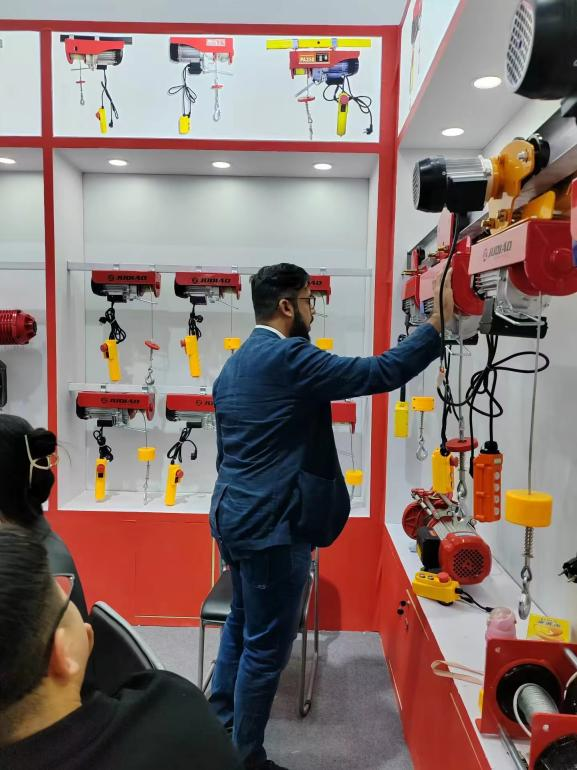


Roof Fall Restraint Systems Ensuring Safety in Construction
In the construction industry, safety is paramount. Workers are often exposed to various hazards, including falls from elevated structures. Roof fall restraint systems (RFRS) have emerged as a critical safety measure designed to protect workers engaged in tasks on sloped or flat roofs. This article will explore the significance, types, components, and best practices associated with roof fall restraint systems, emphasizing their role in enhancing workplace safety.
Importance of Roof Fall Restraint Systems
The construction sector is known for its high-risk work environments. According to the Occupational Safety and Health Administration (OSHA), falls are one of the leading causes of fatalities in the industry. Roof workers are particularly vulnerable due to the steep angles and unstable surfaces they often navigate. RFRS serve to minimize these risks by keeping workers securely attached to the structure, preventing unwanted falls and potentially fatal accidents.
Implementing effective RFRS not only protects workers but also minimizes costs associated with injuries, insurance claims, and project delays. Additionally, a strong safety culture bolstered by proper restraint systems can enhance worker morale, leading to increased productivity and job satisfaction.
Types of Roof Fall Restraint Systems
Roof fall restraint systems can be categorized into several types based on their application and configuration
1. Personal Fall Arrest Systems (PFAS) These systems include harnesses, lanyards, and anchor points. They are designed to prevent workers from falling off roofs by securing them to a stable structure. Properly designed and implemented, PFAS can effectively arrest a fall before it results in serious injury.
2. Guardrails Temporary or permanent guardrails are physical barriers installed around the edges of roofs. They provide a straightforward means of fall protection by creating a physical barrier that workers cannot easily cross, ensuring they remain safe while performing their tasks.
3. Safety Nets In situations where other systems may be challenging to implement, safety nets can serve as an additional layer of protection. These nets are installed below the work area to catch workers in the event of a fall, providing an effective safety measure where fall distances would otherwise be significant.
4. Rooftop Edge Protection Systems These systems involve the installation of railing and other edge protection mechanisms that restrict access to unsafe areas on the roof. Workers are less likely to venture too close to the edge when proper protections are in place.
Key Components of Effective RFRS
For roof fall restraint systems to function effectively, they must contain several key components

- Anchorage Points Reliable and secure anchor points are crucial for connecting personal protective equipment to the structure. These must meet specific load requirements and should be regularly inspected for integrity.
- Full-Body Harness A well-fitted full-body harness helps distribute forces across the body in the event of a fall. It is essential that workers are trained in proper fitting and wear to ensure maximum safety.
- Lanyards and Connectors Lanyards should be of appropriate length and material, allowing flexibility while minimizing the risk of free fall. Snap hooks and other connectors must always be inspected for functionality and wear.
- Training and Supervision Proper training and supervision are vital for the effectiveness of any roof fall restraint system. Workers must understand how to use the equipment correctly, recognize potential hazards, and respond appropriately in emergencies.
Best Practices for Implementation
To maximize the effectiveness of roof fall restraint systems, construction companies should adhere to the following best practices
1. Conduct Risk Assessments Before beginning work, a thorough risk assessment should be conducted to identify potential fall hazards and determine suitable RFRS.
2. Regular Training Ongoing training sessions ensure that all workers remain compliant with safety protocols and are aware of the latest safety equipment and procedures.
3. Routine Inspections Regular inspections of fall restraint equipment and anchor points help maintain safety standards and facilitate early detection of wear and tear.
4. Emergency Preparedness Plans Companies must develop and communicate clear emergency plans that include retrieval procedures for workers who might fall, ensuring prompt and effective responses.
Conclusion
Roof fall restraint systems are essential for ensuring the safety of workers in the construction industry. By properly implementing and maintaining these systems, construction companies can significantly reduce the risk of falls, protect their workforce, and cultivate a strong safety culture. In doing so, they not only comply with regulatory requirements but also demonstrate a commitment to the safety and well-being of their employees.



